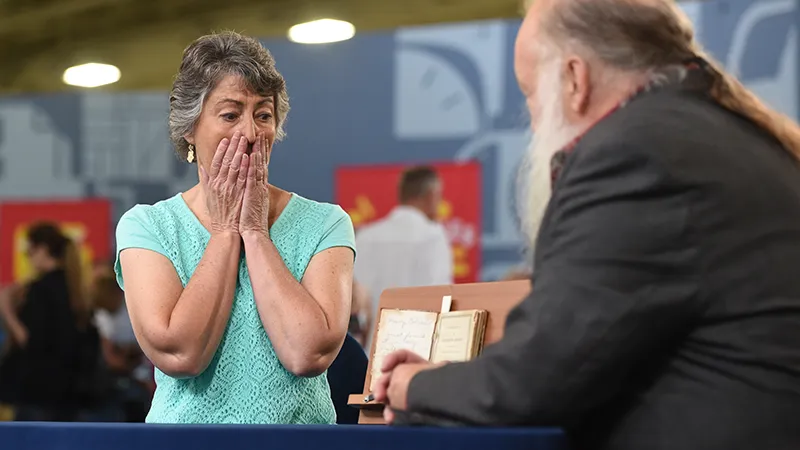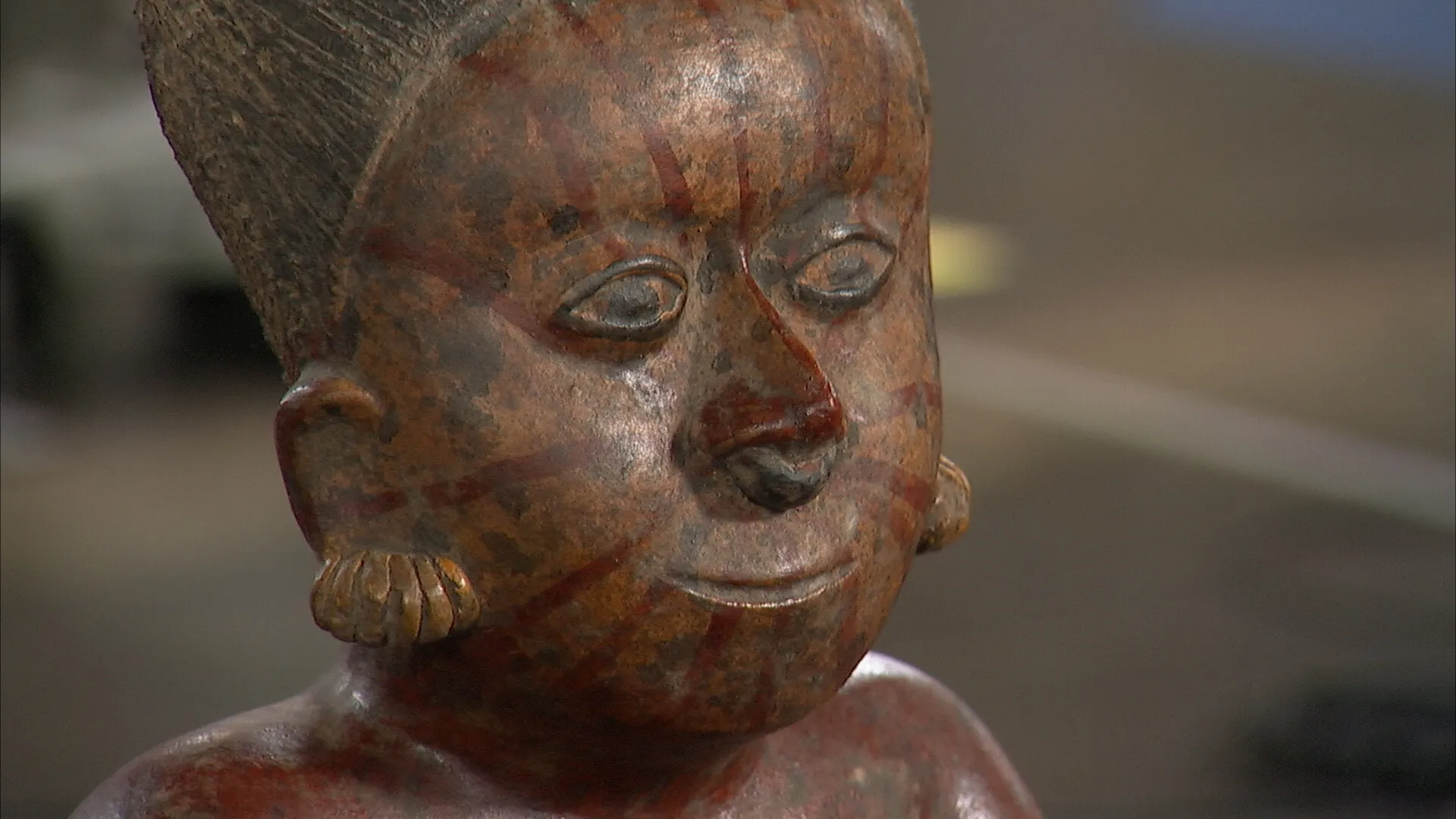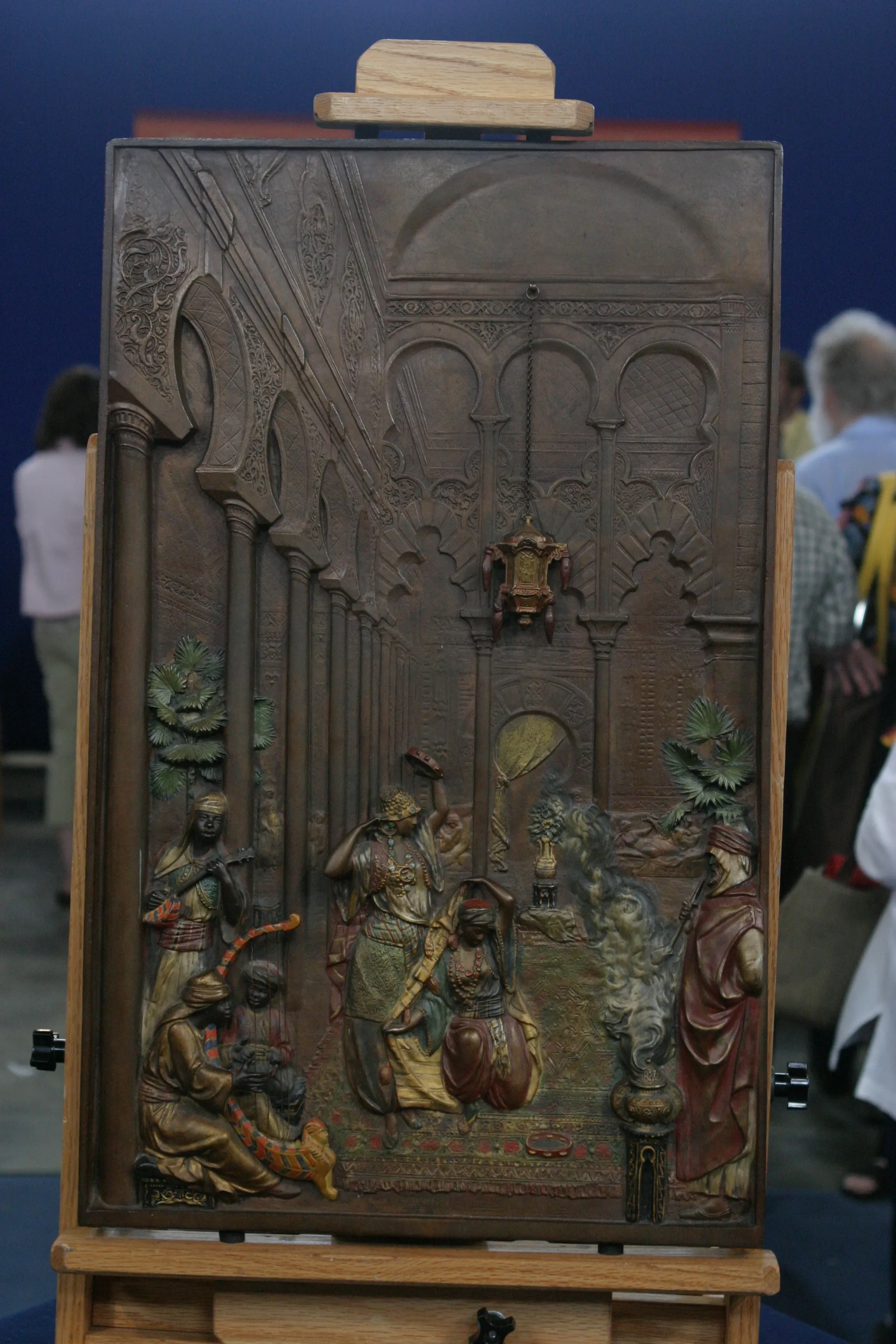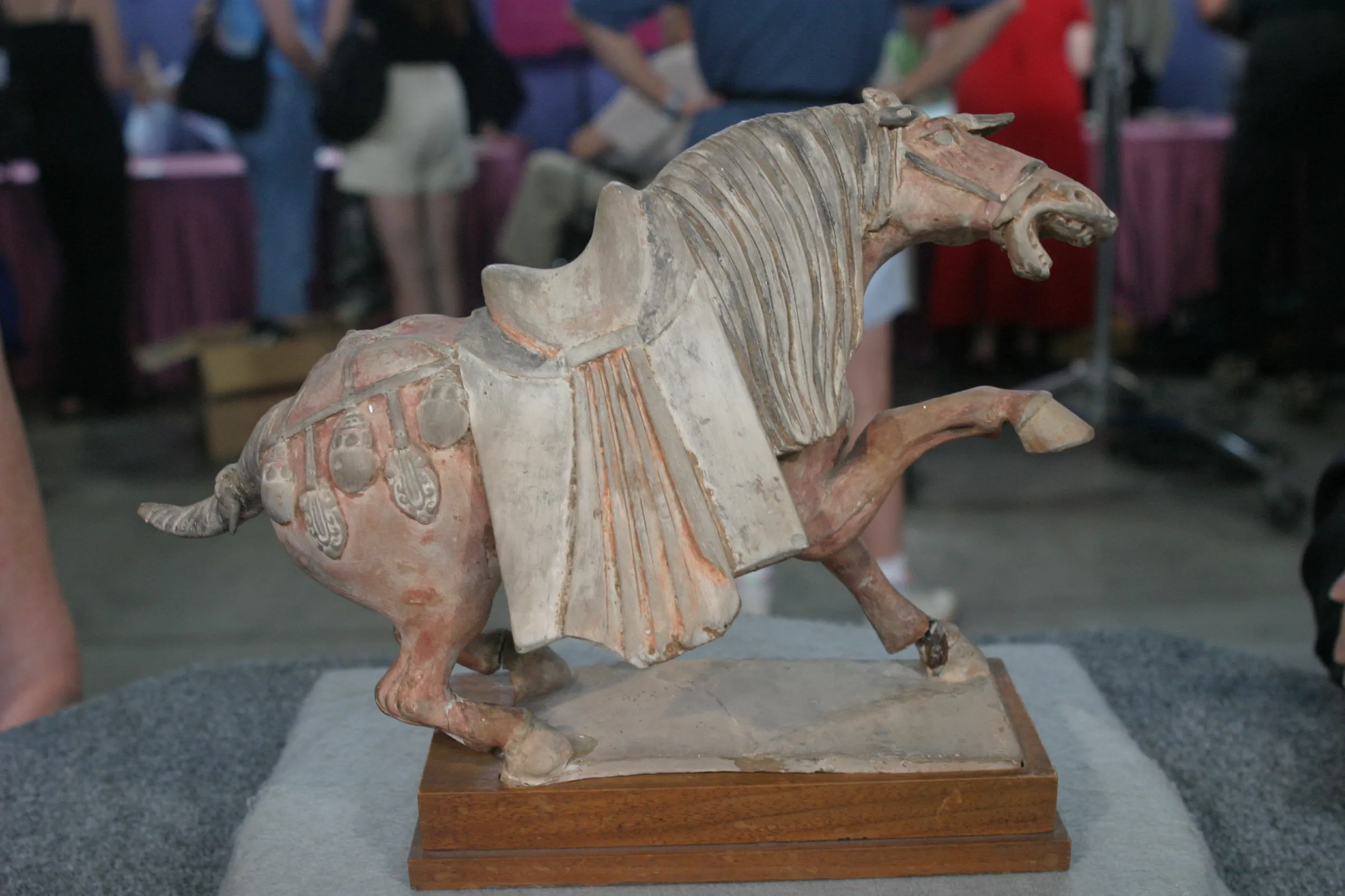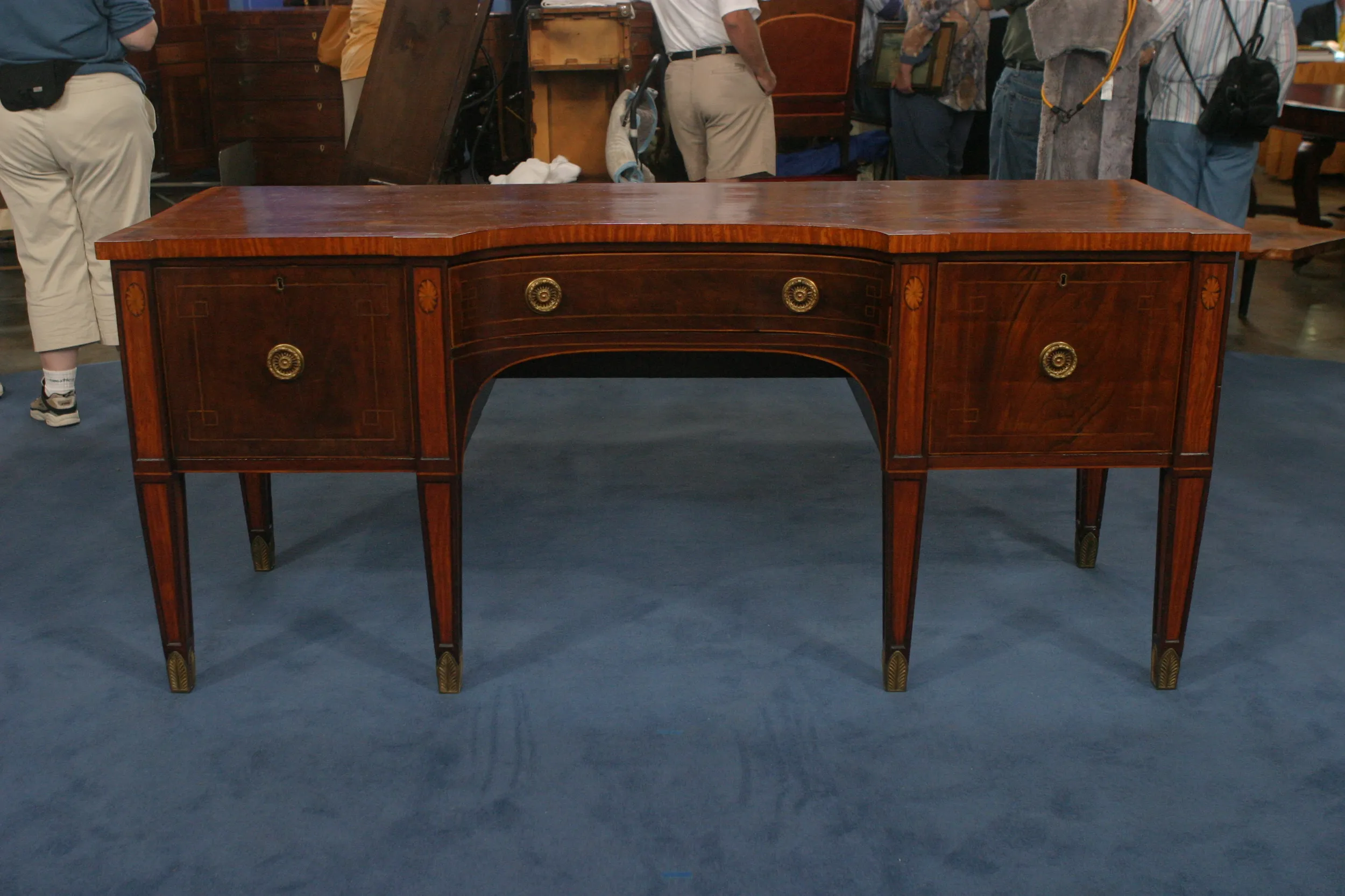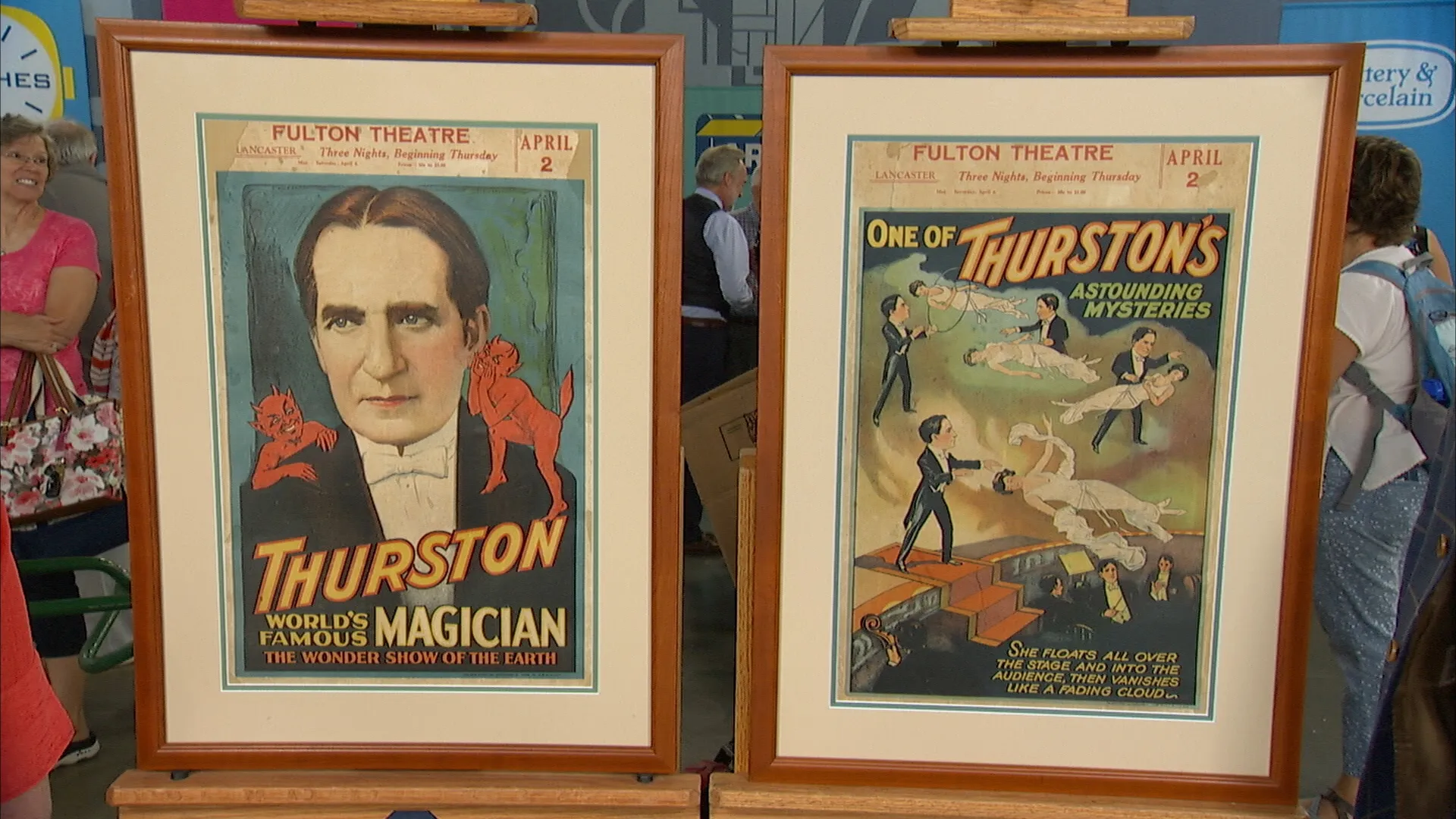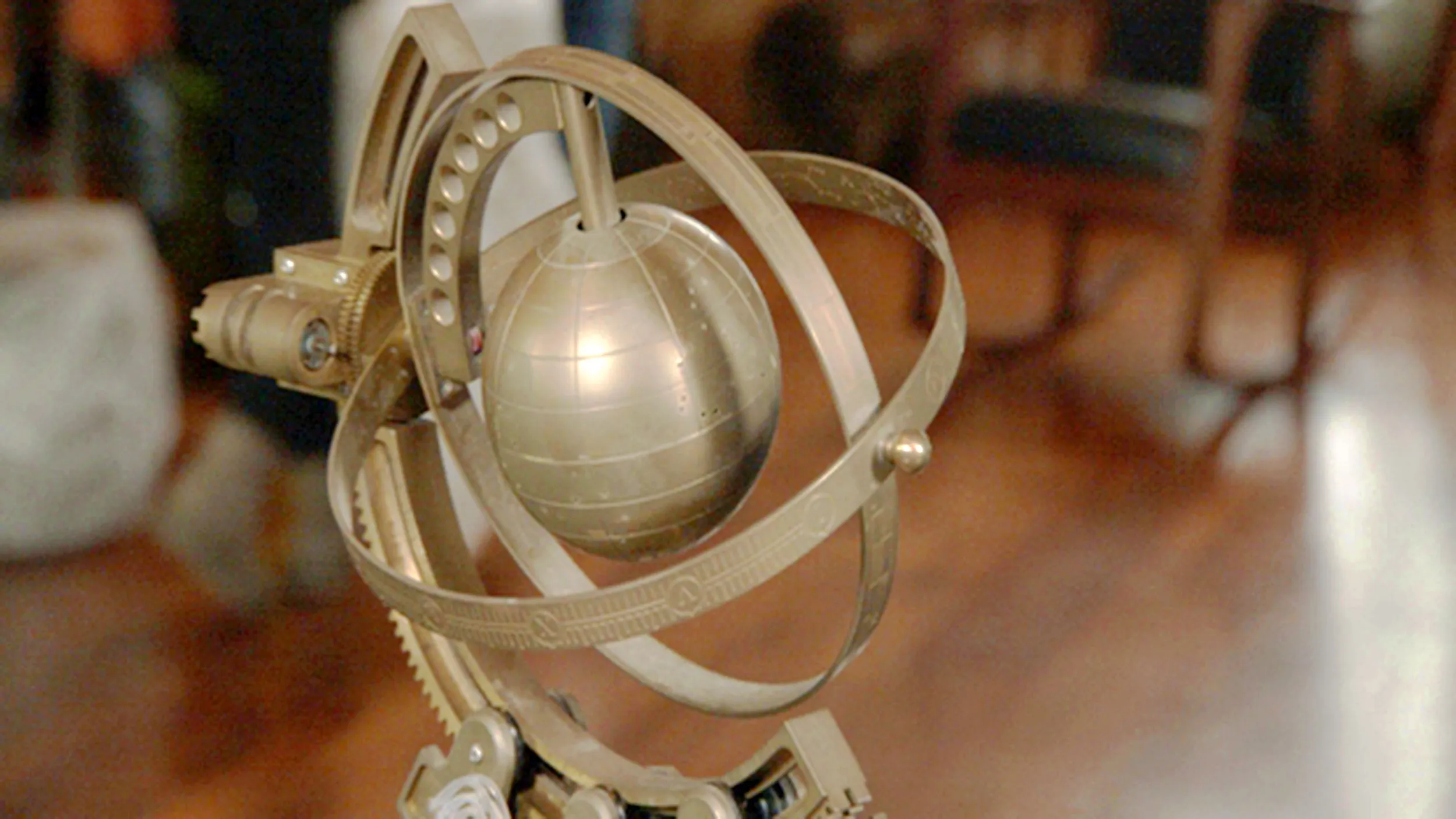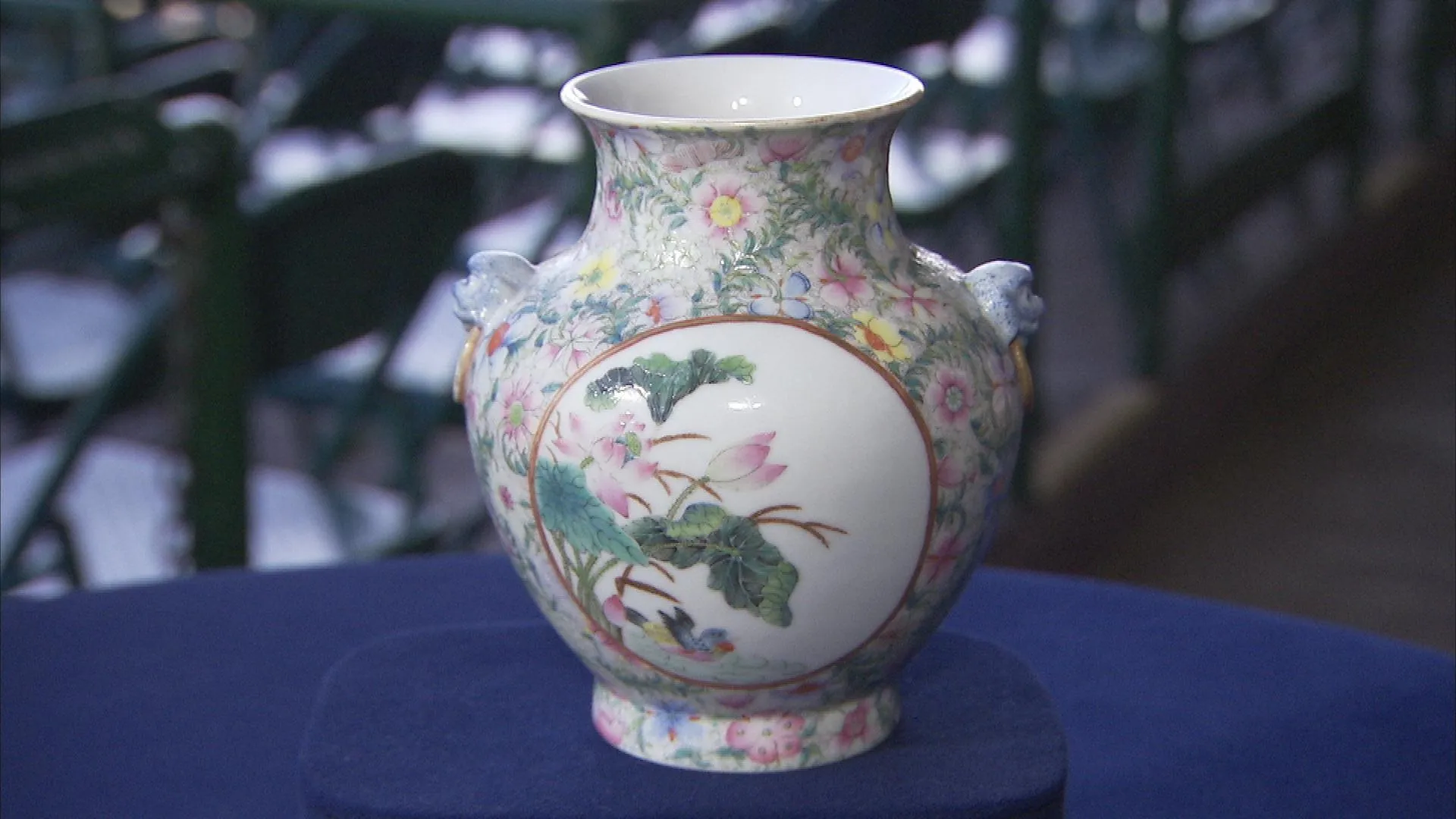GUEST: Well, I brought this cane in that belonged to my husband's uncle that he carved in the early '30s.
APPRAISER: And where was he from?
GUEST: He was from eastern Oregon, John Day country.
APPRAISER: And what did he do for a living?
GUEST: Well, in later life he worked for a highway department, but at the time he carved this cane he was a sheep herder.
APPRAISER: Oh, was he? Okay, which was popular in Oregon in the 1930s.
GUEST: Yeah.
APPRAISER: 1930s we have the Depression going on, and this is a wonderful cane. It's almost a transitional piece between the 19th and the 20th century. And it's wonderful that we actually know the maker of the cane. These things become almost a personal totem of the person's life and what he was doing at that moment in his life. Now, this is very special because we have a letter here from Ripley's Believe It or Not!, and can you tell us a little about that?
GUEST: When we first got the cane, we didn't know that the documents existed. Later on after he died, a cousin of his wife's gave us these documents, and that's the first we knew that he was kind of famous for the cane. It was exciting to discover it had been in the Ripley's Believe It or Not! Odditorium-- O-D-D-itorium-- in the Chicago World's Fair in 1934.
APPRAISER: Wow, so this was already being shared with the country at the Chicago World's Fair.
GUEST: Yeah.
APPRAISER: And it had received an award for doing such. It's wonderful, it's carved out of a single piece of wood. It's hard to pin down the exact wood, but it's a hard wood. So we think it might even be mahogany. We're not really sure.
GUEST: That's what he called it, was mountain mahogany.
APPRAISER: Now let's take a look over here at the top. We see this wonderful salamander. We could actually see on the cane the signature of the artist.
GUEST: Right.
APPRAISER: And his name was?
GUEST: Walter Malade.
APPRAISER: And it's dated 1933. At the very top of the cane, what we see is the symbol of the elk. So he was a member of the Elks. When we start to go down the cane, we see a carving of Buffalo Bill. And I don't know if he knew Buffalo Bill. Do you have any recollection of that, or any family history?
GUEST: I have no idea.
APPRAISER: We don't. And it may just be that he saw Buffalo Bill in a Wild West show, and was taken by all the similarities between him and his life. So we see all these great hunting scenes going on here. And going down the cane, one of the most beautiful things is this fishing rod with a little fly at the end of it and this salmon coming down the cane. And we even see the diamond, and we have the club, and we have the spade. So more than likely, in some spare time he was playing cards with his fellow Elks at the lodge.
GUEST: I would imagine.
APPRAISER: I feel very comfortable insuring this in $5,000 range for insurance purposes.
GUEST: Okay. That's awesome.

